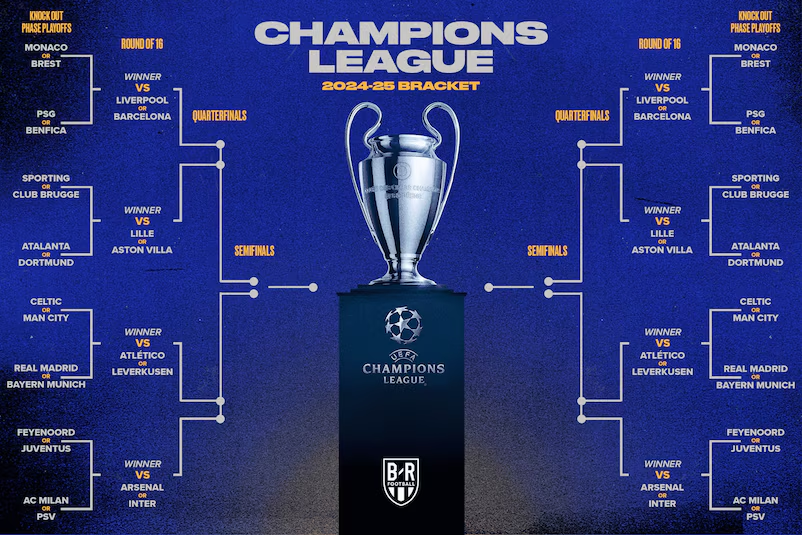The UEFA Champions Trophy draw has long been an electrifying moment—nostalgic, ceremonial, and full of suspense. But the 2025–26 draw has ushered in something completely new: a streamlined, high-tech spectacle that reshapes the traditional group stage into a league-style “league phase.” If you’re wondering how it all works and why it matters, here’s what you need to know.

A Bold New Format: From Groups to Leagues
Gone are the days of eight groups of four. Instead, UEFA now features 36 teams in a single league phase, where each club will play eight unique opponents—four home, four away, drawn from four distinct seeding pots . This design hails from a desire for diversity in matchups and greater unpredictability.
The Hybrid Draw: Manual Meets Digital
The draw ceremony still carries theatrical flair, featuring club legends drawing ball names—like icons Zlatan Ibrahimović and Kaka made appearances in Monaco—before a sophisticated computer system completes the pairings .
Here’s how it works:
- A ball is drawn manually from a pot (starting with Pot 1, down to Pot 4).
- A computer algorithm instantly assigns eight opponents—two from each pot—while determining home and away fixtures.
- The system respects two key constraints: no same-country opponents (like two Premier League clubs facing each other) and a maximum of two opponents from any one country.
This hybrid system replaces what would have been an impractically drawn-out manual process—one estimate claims a traditional draw would have required over 1,000 balls and taken more than three hours.
Stakes and Progression
Post-draw, each team plays their eight fixtures. At the end of the league phase:
- Top 8 teams qualify directly for the Round of 16.
- Teams 9th to 24th enter a playoff round—home and away—to fight for the remaining Round of 16 spots.
- The bottom 12 are eliminated outright from European competition.
2025/26 Highlights: What the Draw Delivered
The 2025–26 draw, held in Monaco on August 28, produced some thrilling storylines:
- Manchester City found themselves grouped with familiar foes like Real Madrid, Napoli (including ex-City star Kevin De Bruyne), Dortmund, and others—lending a reunion feel to the draw .
- Chelsea received a special honor during the draw: a brand-new UEFA award recognizing their history-making accomplishment as the first club to win every major UEFA title (Champions League, Europa League, Conference League, Cup Winners’ Cup) .
- Liverpool drew fan interest with a matchup against Real Madrid, spawning emotional hype as former Red Trent Alexander-Arnold now plays for Madrid .
- Tensions spiked as fans speculated whether such dramatic pairings were just coincidences: Kevin De Bruyne returning with Napoli to face City, Alexander-Arnold’s reunion, and more prompted humorous—and conspiratorial—comments that the draw might be “rigged,” despite UEFA’s assurances of a fair process.
Why It Matters: Modernizing for Efficiency and Drama
This new draw format is about efficiency—but also spectacle. The hybrid process:
- Delivers fast and transparent results.
- Ensures balanced matchups and reduces logistical friction.
- Injects diversity, unpredictability, and narrative-rich fixtures into every matchday.
Players and fans experience more meaningful games right from the start—no more predictable group draws.
Final Thoughts: The revamped UEFA Champions Trophy Draw blends tradition with innovation. It retains the ceremonial draw while harnessing computational power to shape an exciting, equitable, and fast-paced competition. From iconic reunions to dramatic narratives and fierce new matchups, the 2025–26 league phase promises a Champions League like no other.
